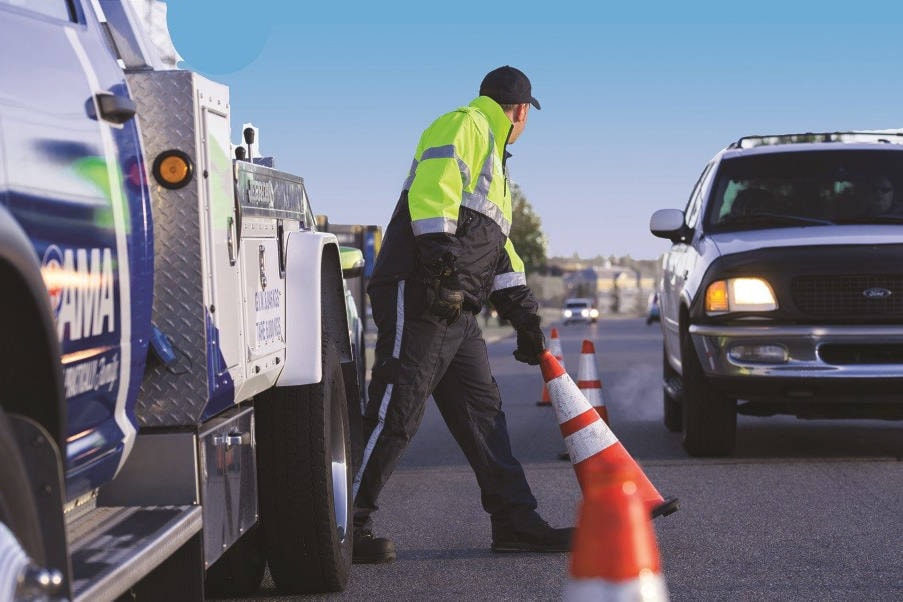Being a tow truck driver can be dangerous, says the Alberta Motor Association.
On Canada’s first national Slow Down Move Over Day, which was Tuesday, the AMA reminded drivers to slow to 60 km/h (or less if the posted limit is lower) when passing a tow truck with flashing lights.
The AMA says dozens of tow truck operators are killed every year in North America while helping people on the side of the road. Thousands experience collisions or near-missing with oncoming traffic.
In Alberta alone, the AMA responds to a “high-risk call” every 14 minutes to help drivers in unsafe areas.
“In every other province with Slow Down Move Over legislation, the law applies to all traffic lanes in the same direction of travel – not just the adjacent lane,” says Jeff Kasbrick, vice-president of government and stakeholder relations for the AMA.
“We believe Alberta should apply its law in the same way as the rest of the country.”
Neal Joad, an AMA tow truck operator in Calgary, experienced a near-miss with oncoming traffic while hooking up a vehicle that had stopped in the right-hand lane.
“In the next lane, one driver slowed down, but the guy behind didn’t, and so they collided right beside where I’d just been working. It’s scary to think how close I was to not making it home that day,” said Joad.
The AMA would like to see blue lights added to tow trucks’ existing amber beacons – a move implemented in Saskatchewan in 2017 following the death of a tow truck operator.
Research shows blue lights are more visible in bad weather and low light, and are less likely to be ignored by drivers who’ve grown “blind” to amber lights, an AMA press release said.
Every Albertan “deserves a safe place to work and that includes the side of the road,” Kasbrick said.
“By making small adjustments to our driving behaviour, and giving roadside responders room to work, we can make a potentially life-saving difference,” he said.
Send your news tips
Like us on Facebook and Follow us on Twitter
